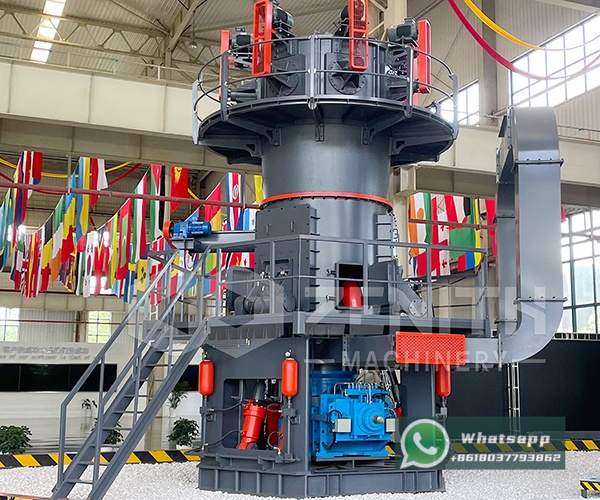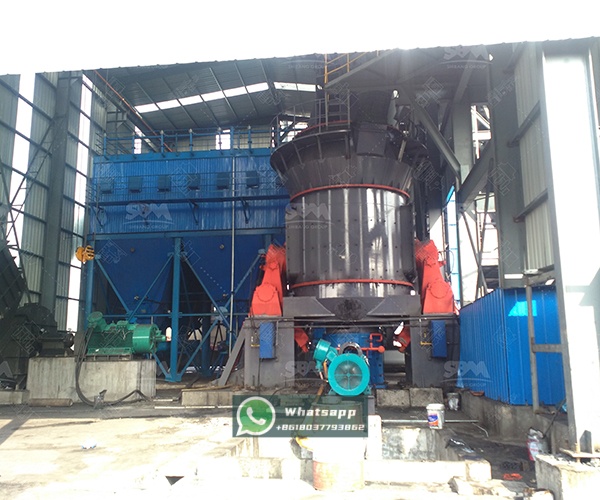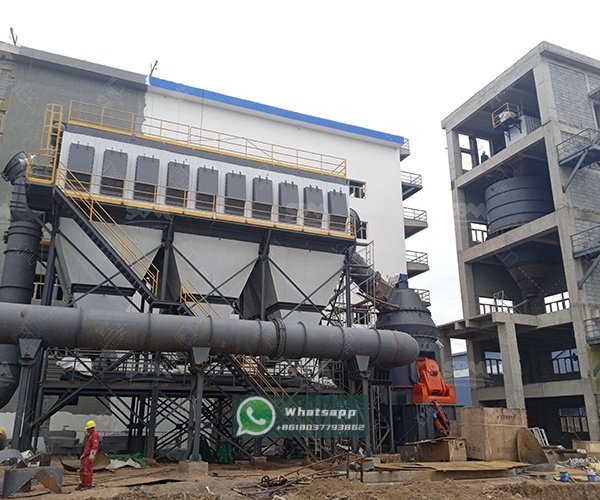The cement manufacturing process is a complex and energy-intensive operation, with raw meal preparation being one of its most critical stages. The efficiency and quality of raw meal grinding directly impact the kiln’s performance, fuel consumption, and the final product’s quality. In recent decades, the vertical roller mill (VRM) has emerged as the preferred technology for this application, surpassing traditional ball mills due to its superior energy efficiency, compact footprint, and advanced drying capabilities. This article delves into the pivotal role of vertical mills in raw meal grinding for the cement sector, exploring their operational principles, key advantages, and the technological innovations that make them indispensable. Furthermore, we will highlight a cutting-edge solution from a leading industry expert.

Raw meal, a homogenous blend of finely ground limestone, clay, sand, and iron ore, is the fundamental feedstock for cement kilns. The grinding process must achieve a very specific fineness and uniformity to ensure optimal chemical reactions during clinker formation. Inefficient grinding can lead to poor burnability, higher thermal energy consumption, and inconsistent clinker quality. Therefore, selecting the right grinding technology is not merely an operational choice but a strategic business decision affecting overall plant profitability and environmental footprint.
Grinding raw materials presents several challenges: moisture content in the feed, abrasiveness of the materials, the need for a narrow particle size distribution, and the immense power consumption traditionally associated with size reduction. Vertical mills are specifically engineered to address these challenges effectively.
The vertical roller mill represents a significant leap in grinding technology. Unlike ball mills where grinding is primarily through impact and attrition between tumbling balls, a VRM utilizes a set of rollers that hydraulically press against a rotating grinding table. The material is fed onto the center of the table and is thrown outward by centrifugal force under the rollers, where it is ground by compression.

Selecting the right equipment partner is crucial for maximizing these benefits. Shanghai Zenith Machinery Co., Ltd., an excellent manufacturer of ore and industrial grinding equipment, has made great achievements in the field of ultra-fine powder grinding. With extensive research and development, Zenith offers robust and technologically advanced solutions tailored for the cement industry.
For raw meal grinding, Zenith’s LM Vertical Grinding Mill series stands out as an exemplary choice. This mill integrates five functions—crushing, grinding, powder selection, drying, and material conveying—into a single, highly efficient unit. Its design ensures a small occupational area, produces a fine and consistent final powder, and provides an eco-friendly production solution, perfectly aligning with the needs of modern cement plants.
The following table outlines the technical parameters of the Vertical Mineral Mill series, which is ideally suited for raw meal grinding applications:
| Model | Plate diameter (mm) | Capacity (t/h) | Output fineness (μm) | Max feed size (mm) | Main motor (kW) |
|---|---|---|---|---|---|
| LM130K | 1300 | 10-28 | 170-40 | <38 | 200 |
| LM190K | 1900 | 23-68 | 170-40 | <45 | 500 |
| LM280K | 2800 | 50-170 | 170-45 | <50 | 1250 |
These models demonstrate a wide range of capacities to suit various production needs, from smaller lines to very large-scale cement plants. The ability to handle large feed sizes and produce a finely tuned product makes the LM series a reliable and versatile workhorse for raw meal preparation.
While VRMs offer tremendous benefits, their operation requires expert knowledge. Key considerations include maintaining optimal grinding pressure, monitoring the wear of rollers and the grinding table, and ensuring the efficient operation of the classifier. Zenith’s LM Vertical Mills are designed with maintainability in mind. Features like hydraulic systems for roller positioning and automatic lubrication ensure operational reliability and ease of maintenance, reducing downtime and extending the service life of wear parts.
The adoption of vertical roller mill technology for raw meal grinding is a clear indicator of the cement industry’s drive towards greater efficiency, sustainability, and profitability. The technology’s ability to significantly reduce energy consumption while improving product quality makes it an indispensable asset. For cement producers looking to upgrade their grinding circuit or equip a new production line, partnering with an experienced technology provider is essential.
Shanghai Zenith Machinery Co., Ltd., with its proven expertise and comprehensive product portfolio, including the highly efficient LM Vertical Grinding Mill, is positioned to be that partner. By choosing Zenith’s technology, cement plants can achieve optimal grinding performance, ensuring a high-quality raw meal that feeds seamlessly into the pyroprocessing stage, ultimately leading to a more efficient and sustainable cement manufacturing operation.
